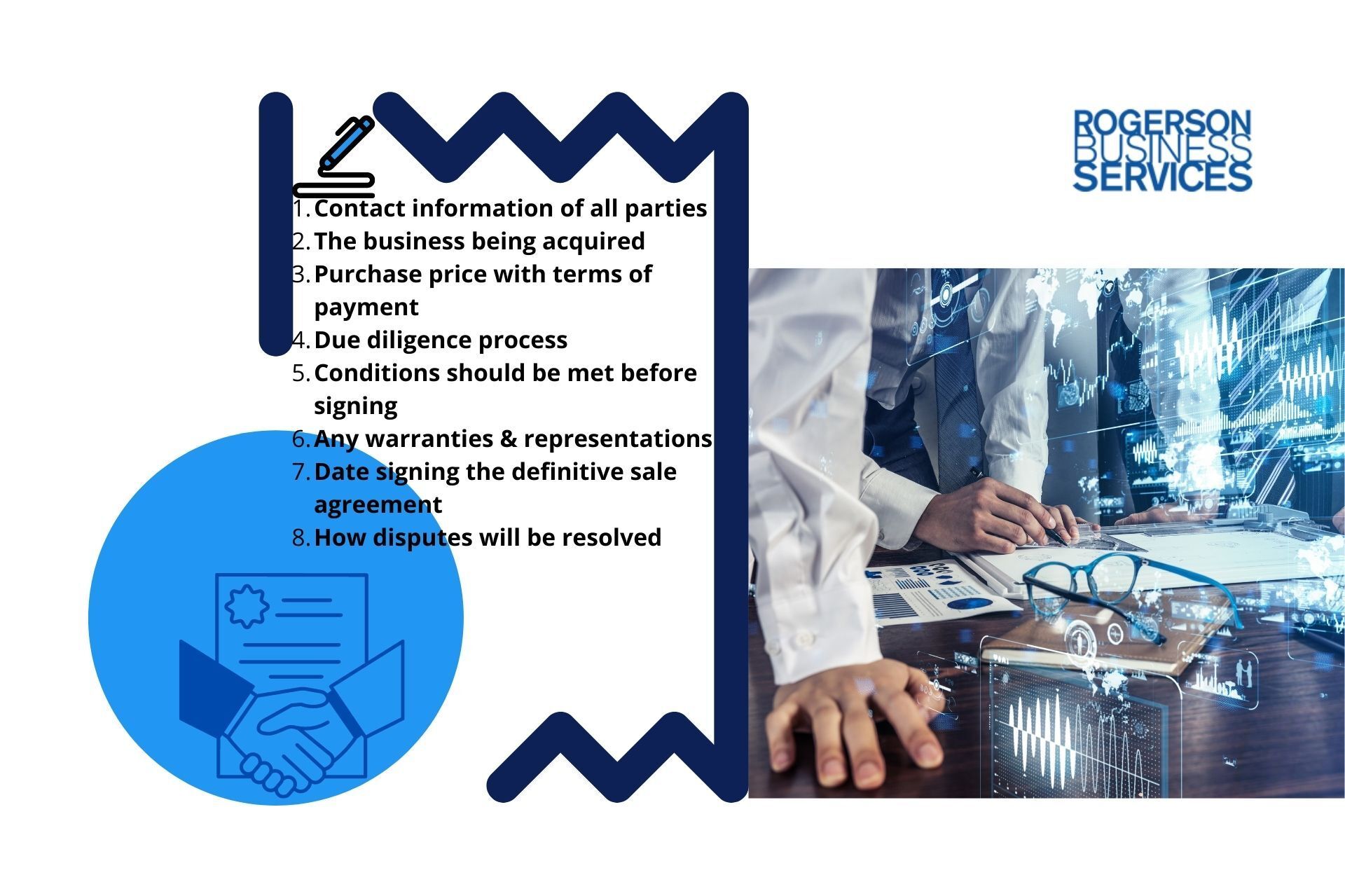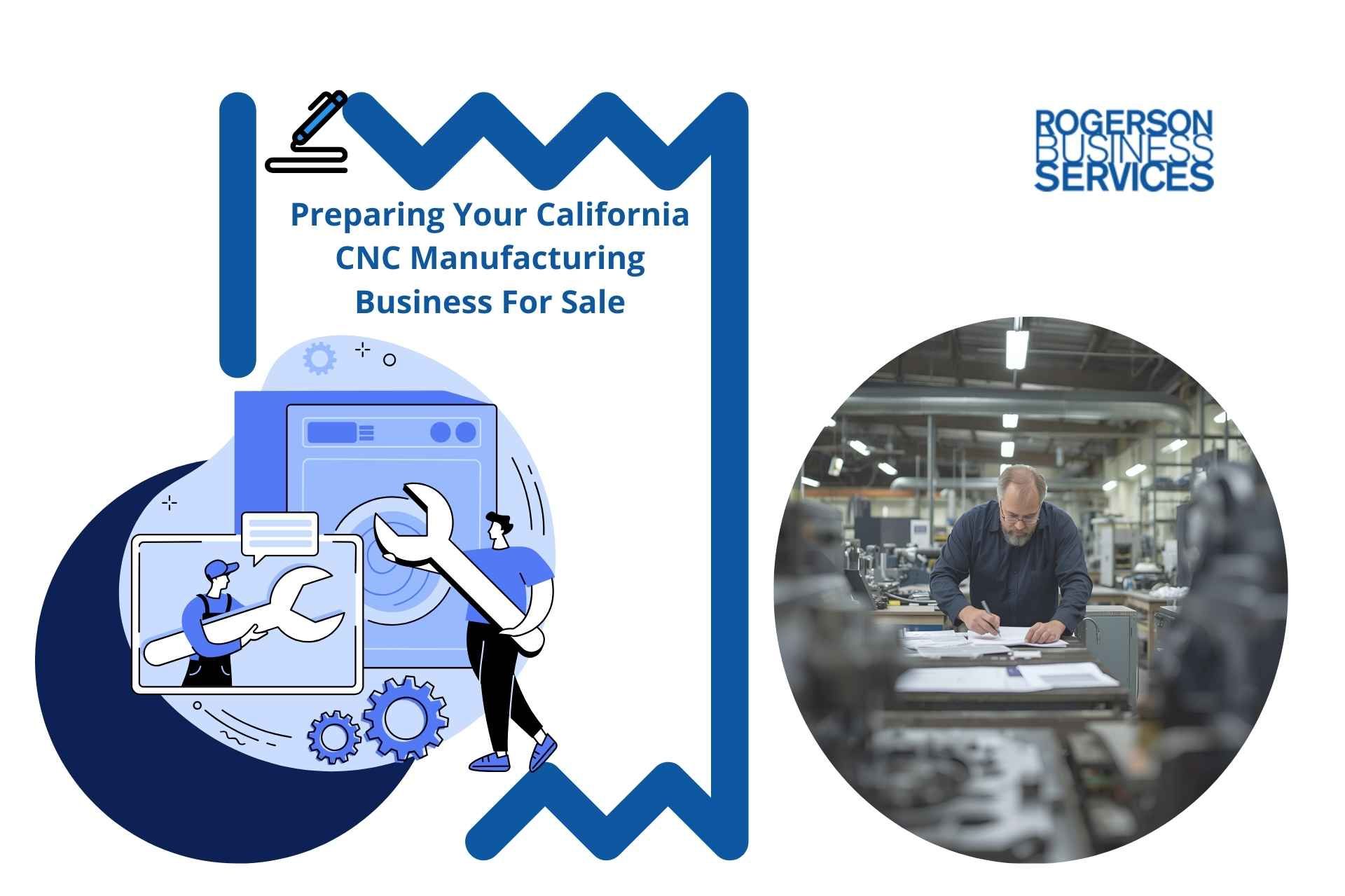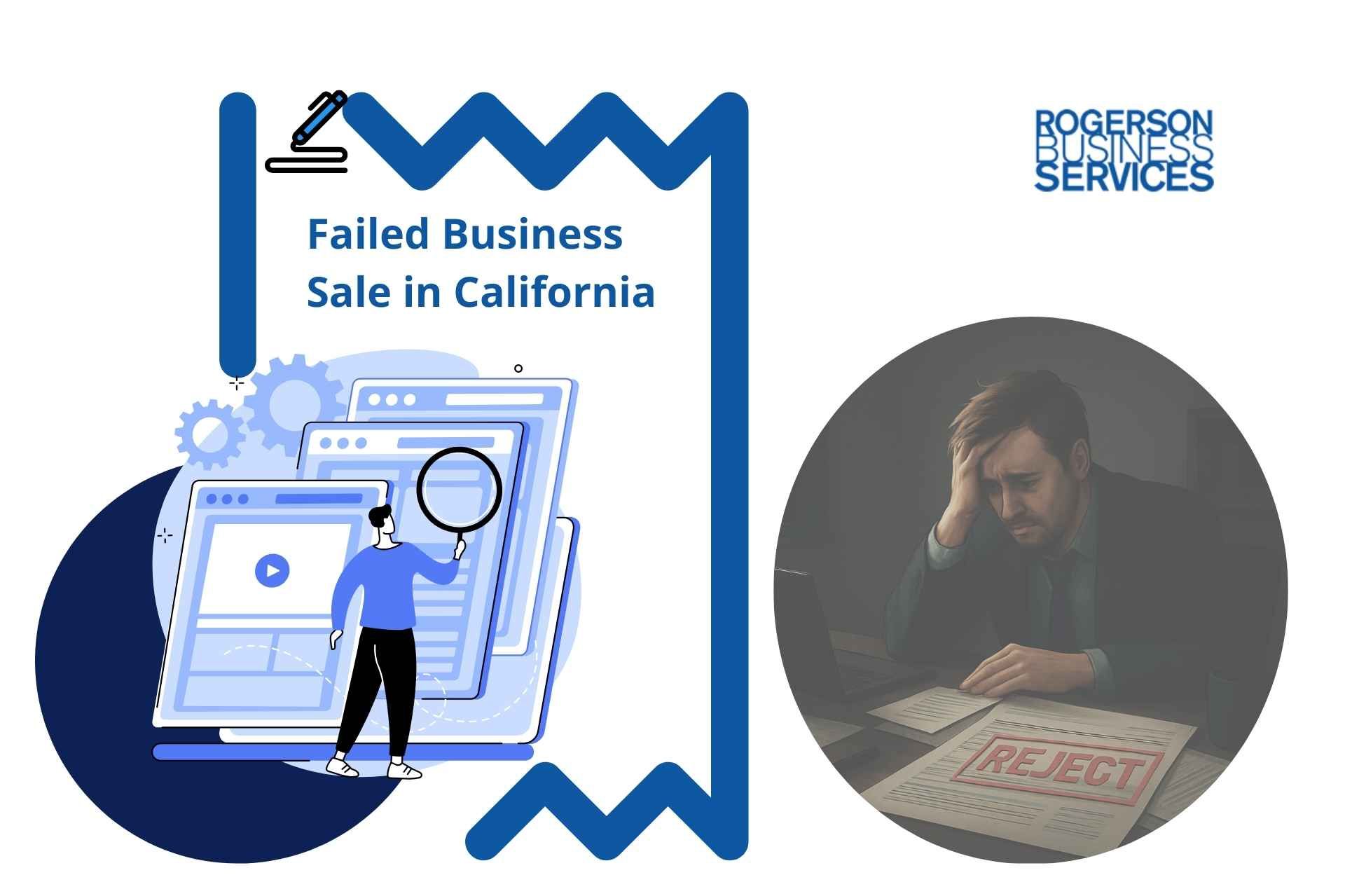Letter of Intent (LOI) For M&A | 5 Negotiation Tips Before Signing
Letter Of Intent (LOI) For An M&A Deal
Getting an M&A offer through a formal letter of intent is exciting.
A walk-through LOI negotiation.
Here are 8 LOI template items you need to know:
- Contact information of all parties
- The business being acquired
- Purchase price with terms of payment
- Due diligence process
- Conditions should be met before signing
- Any warranties & representations
- Date signing the definitive sale agreement
- How disputes will be resolved

The Letter of Intent (LOI) is a written, non-binding document expressing an understanding principle for the buyer to buy your company. It states the proposed price and terms with which both parties agree before proceeding into a letter of intent "due diligence."
In this phase, the acquirer will conduct their investigation into the assets bought along with any required inspections from the seller's side. To understand the process, let’s look at the template of a letter of intent.
Letter of Intent (LOI) Template
A mutually signed letter of intent is a pre-due diligence agreement between the buyer and seller. A critical component of a negotiated LOI is an effective structure for dealing terms throughout the due diligence period.
The LOI will typically include the eight important elements.
1. Identification of the Parties and Their Contact Information
The first section of the LOI will be the identification of both parties.
It may include a list of the:
- Buyer's board members,
- executives,
- directors,
- shareholders,
- and legal representatives.
It will also have their direct contact information, such as phone number and email.
2. The Business Being Acquired
The buyer will identify critical information about the company they intend to purchase.
These include:
- its name, location,
- and relevant data such as ownership, financials, and profit margins.
- It will also have a detailed list of the assets, property, facilities, and services.
If the buyer intends to purchase a division or subsidiary of a larger company, they will also provide information about the parent company. The LOI template should also include the name of any vendors or suppliers who are vital to the business operations.
3. The Purchase Price and Terms of Payment
It will include the price and terms of payment for the acquisition letter of intent. The seller will negotiate their desired price, but the buyer may counter this offer with one of their own.
The LOI should also include payment terms, such as when the down payment is due and when the buyer will pay the entire sum at closing. Both parties will discuss how they intend to deliver the funds to their counterpart.
In addition to cash, both parties will negotiate the terms of any other forms of payment, such as stocks, notes, bank transfer, or other securities. Certain transactions may include seller financing, loans or debt financing from third parties, either in addition to or instead of cash.
4. The Due Diligence Process and What Is Included Therein
The letter of intent will include information to guide the due diligence process.
The parties will identify all benchmarks or criteria they intend to measure against, typical steps involved in due diligence, and any requirements for investigation or inspections that their team may need.
The letter of intent template will also outline:
- Timeframes,
- schedules,
- and deadlines.
5. Conditions That Must Be Met Before Closing the Deal
The LOI will include requirements each party must meet before executing a definitive acquisition agreement. These include the buyer's ability to obtain a financing commitment and shareholder approval.
It will also specify various requirements concerning the purchased business, including obtaining regulatory approvals and government licenses. Such conditions also include issues that need resolving before closing, such as non-compete agreements or terminating any conflicting contractual relationships.
6. Any Warranties or Representations Made by the Sellers
Warranties and representations act as a promise of the company's ability to fulfill the buyer's needs. These insurance policies protect the buyer from loss or litigation if misrepresentation arises.
A buyer-friendly agreement will provide broad, general terms that cover many issues, while a seller-friendly service agreement will be more restrictive and narrowly tailored to specific problems.
7. The Date by Which the Parties Must Sign a Definitive Agreement
The LOI should include the date upon which the parties must sign a definitive agreement. If the buyer fails to sign the contract by this date, the seller might opt to halt the transaction.
The LOI template may also include certain events triggering an extension—for example, uncertain legal issues such as non-compete agreements or other contractual obligations.
8. How Disputes Will Be Resolved
The LOI will include terms under which the parties will resolve their disputes. This section should include a clause that permits both parties to bring legal action against one another if they are unhappy with non-compliance or non-performance.
Their agreement may also include provisions for handling litigation in a state or federal court should a dispute arise.
Five Main Factors Included in the LOI
Mergers and acquisitions deal with everything from product sales and marketing to facilities, employees, and customer relationships. The LOI outlines critical business activities required to continue production and issues you must address before finalizing the transaction.
To streamline the process of an M&A LOI template, make sure that you factor in the following elements.
Price and Terms
An LOI in business should state the exact dollar amount to be paid by the buyer for the seller's company or business. Both parties must consider several factors.
The seller must research the current and projected value of the assets, such as:
- Real estate assets,
- physical equipment,
- intellectual property rights, and inventory.
The acquirer should research any indebtedness on the part of the selling company. They will also look for a stake in the future success of the owner's company, taking into account other bidders in the market and other intangible assets before making an offer.
Both parties write any contracts or agreements between buyer and seller that must be honored post-transaction at this stage.
M&A transactions are often structured to include an exit strategy to make this transaction more feasible. This approach ensures that the company continues thriving once another party acquires.
Confidentiality
An LOI should be explicit about the confidentiality of all parties' documents, files, and records. Both parties should sign an NDA (Non-Disclosure Agreement), which protects the proprietary information of both parties during negotiations.
The NDA may outline specific terms and conditions regarding the disclosure of confidential information before the formalization of the deal. Additionally, it should affirm that all discussions between a buyer and a seller will remain secret until both parties sign a definitive agreement. This document establishes trust between both sides.
The NDA should also outline a plan to return or destroy all documents and materials. The agreement should include, among other things, all intercompany information and correspondence, financial information, management information, and focus group data.
Due Diligence
The due diligence process involved in any commercial transaction is often the most time-consuming and involved aspect. It is a process of reviewing all aspects of the business to assess its value and risk.
An LOI M&A (offer letter) should delineate a specific plan for due diligence, including a projected timeline. The parties should outline what information they need to provide to one another and precisely when they will be able to share it.
One of the essential elements of due diligence is site visits. The buyer should be able to access all financial statements and tax returns. Due diligence must cover any pending litigation or regulatory action that might impact a business.
These include injunctions, consent decrees, and insurance claims.
Additionally, cybersecurity and other company data, such as:
- Organizational policies,
- system architecture,
- and data flow, should be available for review.
Termination
What happens when one party decides to terminate negotiations during due diligence?
The acquisition letter of intent should include a termination clause that allows either party to cancel the agreement without penalty.
The LOI acquisition should state a specific termination date and define what happens to all terms and contracts in the event of a termination.
Additionally, the acquisition letter of intent must establish a specific plan to dissolve all action items.
Such duties include returning non-proprietary materials or information and ceasing any activity with suppliers to the deal.
Binding agreement
The letter of intent is not a legally binding agreement but indicates the parties' intention to proceed with the transaction. It is a show of good faith between the parties and a means to ensure that all parties will follow all fundamental tenets.
The letter of acquisition should state when the buyer must present a formal proposal to the seller. This document allows the parties sufficient time to review and modify any issue within specific parameters during negotiations.
Walk Me through a Letter of Intent (LOI) Negotiation
A lower-middle market business owner in California wants to buy a trucking and logistics company in Southern California. They have been looking for a few months and have found a great deal.
The buyer understands the business model well, but due to the business size, they want to do thorough due diligence. The parties agree to negotiate in good faith and agree upon the terms of the letter of intent with the help of a lower middle market business broker.
The parties negotiate over several points, such as assets, financing, and IP. They review financials, management and employees, and ongoing regulatory compliance. After negotiation, the buyer agrees to pay the seller $1.3 million at closing.
Before any money changes hands, however, there are specific due diligence tasks the buyer must complete. The LOI should accurately represent the financial condition of the seller and any ongoing obligations. The seller agrees to provide the buyer access to its books and records and fully cooperate with the buyer during due diligence.
Both parties enter into a confidentiality agreement, which outlines the rights and obligations of both parties. The parties agree that their discussions and arrangements are confidential and will not talk to anyone without each other's consent.
The seller agrees not to solicit any other offers or enter into discussions with any other party regarding the sale of the business.
Both parties acknowledge the LOI as an agreement to negotiate in good faith for the sale of a business. This letter of intent shall expire thirty (30) days from its execution unless extended by mutual written agreement of the parties.
Considering Selling Your Business? Get a Sell-Side Deal Team on Your Side
A complete, clear, and comprehensive LOI sets the tone for all future communications between parties. If you're looking to exit your business, you'll want to work with a company that's right for you and your letter of intent. M&A advisors can provide the expertise and support needed to you are on track and in a position to sell a business.
Once you understand all the implications and importance of an LOI, you’ll be ready to sell your lower middle market business and retire in style.
Finally: Selling a Business Now or Not Ready
If you are a retiring business owner looking to exit your lower middle market business in California, here are five tips to get you started:
1. Don't wait until the last minute to start planning your exit. The process of selling a lower middle market business can take a long time, so it's important to start early.
2. Have a clear idea of what you want to get out of the sale. Know your goals and what you're willing to negotiate.
3. Choose the right type of buyer. Not all buyers are created equal, so do your research and find the right one for your business.
4. Be prepared for a lot of due diligence. M&A buy-side due diligence is when buyers will want to know everything about your business, so be ready to provide documentation and answer questions.
5. Be flexible with the terms and conditions of the deal. It's important to be open to negotiation to get the best possible deal for your business.
Rogerson Business Services, also known as, California's lower middle market business broker is a sell-side M&A advisory firm that has closed hundreds of lower middle-market deals in California. We are dedicated to helping our clients maximize value and achieve their desired outcomes.
We have a deep understanding of the Californian market and an extensive network of buyers, which allows us to get the best possible price for our clients. We also provide comprehensive support throughout the entire process, from initial valuation to post-closing integration.
Our hands-on approach and commitment to our client's success set us apart from other firms in the industry. If you consider selling your lower middle market business, we would be honored to help you navigate the process and realize your goals.
If you have decided to value and then sell your lower middle market business or still not ready, get started here, or call toll-free 1-844-414-9600and leave a voice message with your question and get it answered within 24 hours. The deal team is spearheaded by Andrew Rogerson, Certified M&A Advisor, he will personally review and understand your pain point/s and prioritize your inquiry with Rogerson Business Services,
RBS Advisors.
This is part of hiring an M&A deal team tips to answer some FAQs about the deal structure & transaction series ->
Hey there! Can we send you a gift?
We just wanted to say hi and thanks for stopping by our little corner of the web. :) we'd love to offer you a cup of coffee/tea, but, alas, this is the Internet.
However, we think you'll love our email newsletter about building value and properly position your company before transition/exit your business ownership.
As a special welcome gift for subscribing, you'll also get our helping and educational guides, tips, tutorials, etc.. for free.
It's filled with the best practices for retiring serial business owners like Dan Gilbert, Larry Ellison, Warren Buffett, and many more.
Just sign up for our emails below.


